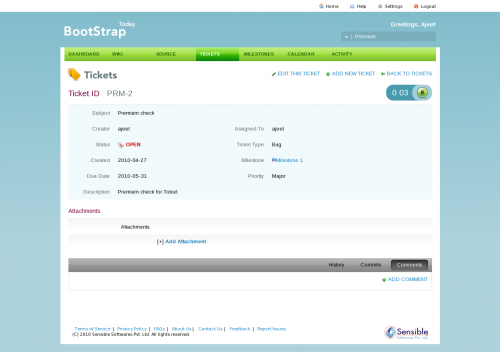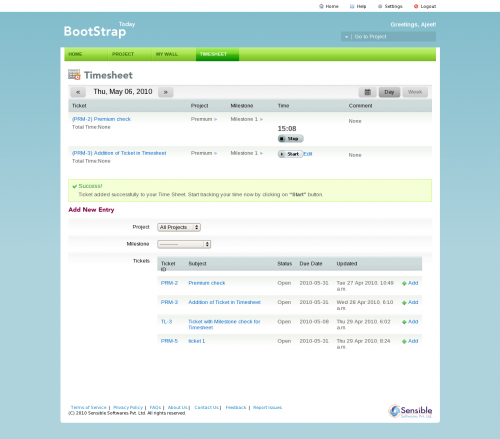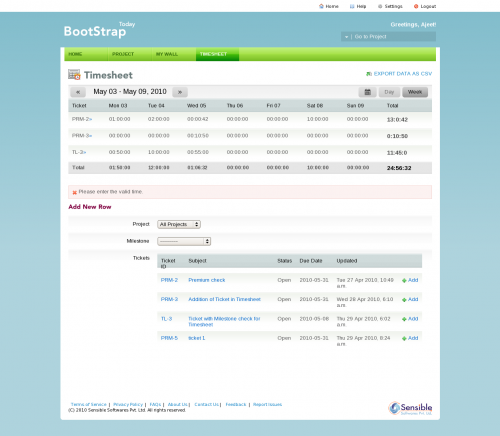BoootStrapToday Subversion Server to be upgraded to1.7 soon
December 23, 2011 Leave a comment
It’s been over two months since the Subversion 1.7 release was announced, since than there have been two bug fix releases and the bug & error reporting on the mailing list has gone down, It seems like right time for BootStrapToday Subversion server to be upgraded to 1.7.
So what to expect from this upgrade
- Improved performance of Subversion over http : performance of Subversion over http has been one of the major concerns of Subversion community since early releases, Subversion 1.7 hits this problem right on head by introducing httpv2, PROPFIND discovery turnarounds have been removed and reduced number of round trips for a request, also there is better caching with web proxies, this was one of the most awaited feature by Subversion community as a whole.
- SVNRDUMP: Subversion 1.7 adds a new tool to the client’s toolbox,
svnrdumpreplicates the functionality ofsvnadmin dumpandsvnadmin load, but works on remote repositories, instead of needing administrator access to the source or target repository, this would allow users to migrate repositories with ease from other sources to BootStrapToday
- Subversion 1.7 has taken caching to next level, 1.7 servers will aggressively cache data in-process to maximize performance.
svnserveintroduces a new--memory-cache-size/-Mcommand line parameter to override the default cache size. Same can be configured in Apache server as mentioned below
<IfModule mod_svn_module>
SVNInMemoryCacheSize 10240
</IfModule>
With 1.7 server you will still be able to use your Subversion 1.6 clients. However, we recommend that you upgrade to a Subversion 1.7 clients, because many operations will be faster.
We will update you on upgrade plan soon, we are thinking to utilize christmas holidays to do it, let us know your thoughts on same.




